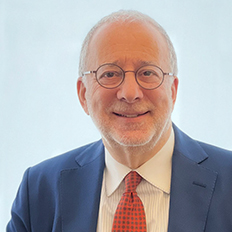Personal Debt and Bankruptcy
Bankruptcy Process
In most instances all debts and liabilities are written off when the bankrupt is discharged after 12 months or sometimes even sooner. Debtors can declare themselves bankrupt by filing what is known as a Debtor’s Petition, if they are prepared to admit that they cannot repair their debts. Alternatively, a creditor can file a bankruptcy petition, if they are owed more than £5000. In either case, the Court will then issue a bankruptcy order.
Bankrupt individuals are under a legal obligation to assist their Trustee throughout the process. A Trustee has up to three years from the date of the bankruptcy to realise any interest in the property which the bankrupt lives in and or sell any other assets declared by the bankrupt. If the bankrupt has any surplus income, they can also be ordered to make payments from these funds to the Trustee for the benefit of the creditors for a period of three years.
Where the behaviour of the Bankrupt justifies it, the Official Receiver can obtain a Bankruptcy Restriction Order or a voluntary undertaking from them which can last between two and fifteen years. The Bankrupt will be subject to a variety of restrictions, most commonly they are not allowed to take part in the management of a business during that period.
Companies
- Independent Business Review (IBR)
- Administration
- Pre-Packaged Sale in Administration
- Administrative Receivership
- Creditors’ Voluntary Liquidation (CVL)
- Members’ Voluntary Liquidation (MVL)
- Compulsory Liquidation
- Company Voluntary Arrangement (CVA)
- Restructuring Plan – Part 26A
- Moratorium
- Fixed-Charge Receivership
To discuss your potential needs in the area of Personal Debt and Bankruptcy, please contact:

David Buchler

Jo Milner
How can we help you?
We offer initial free confidential advice without obligation.
